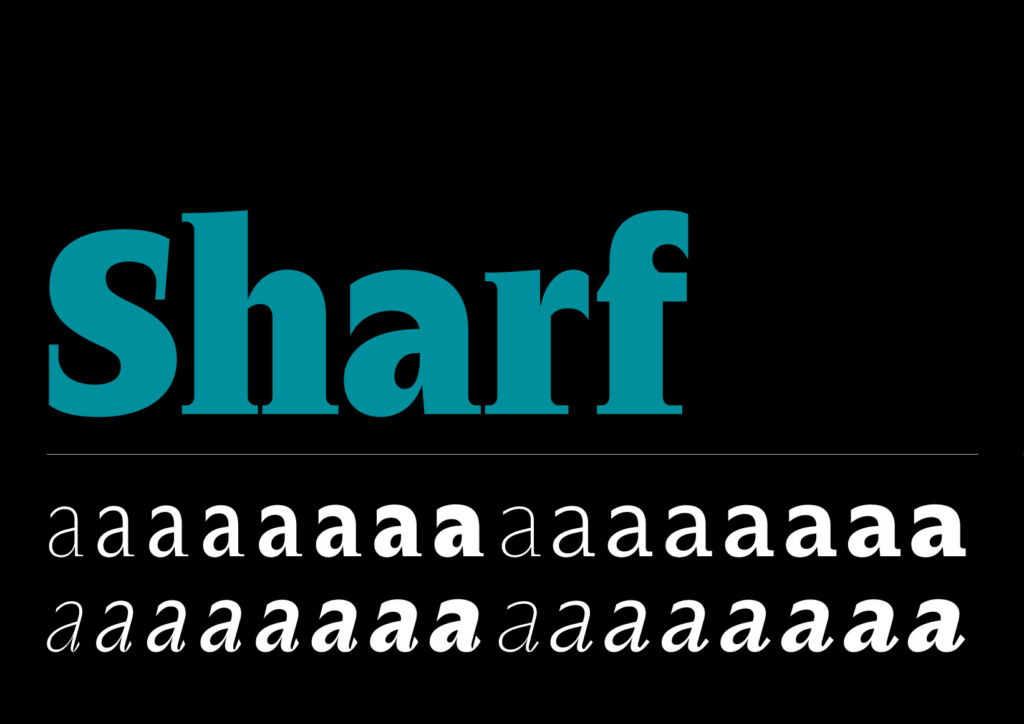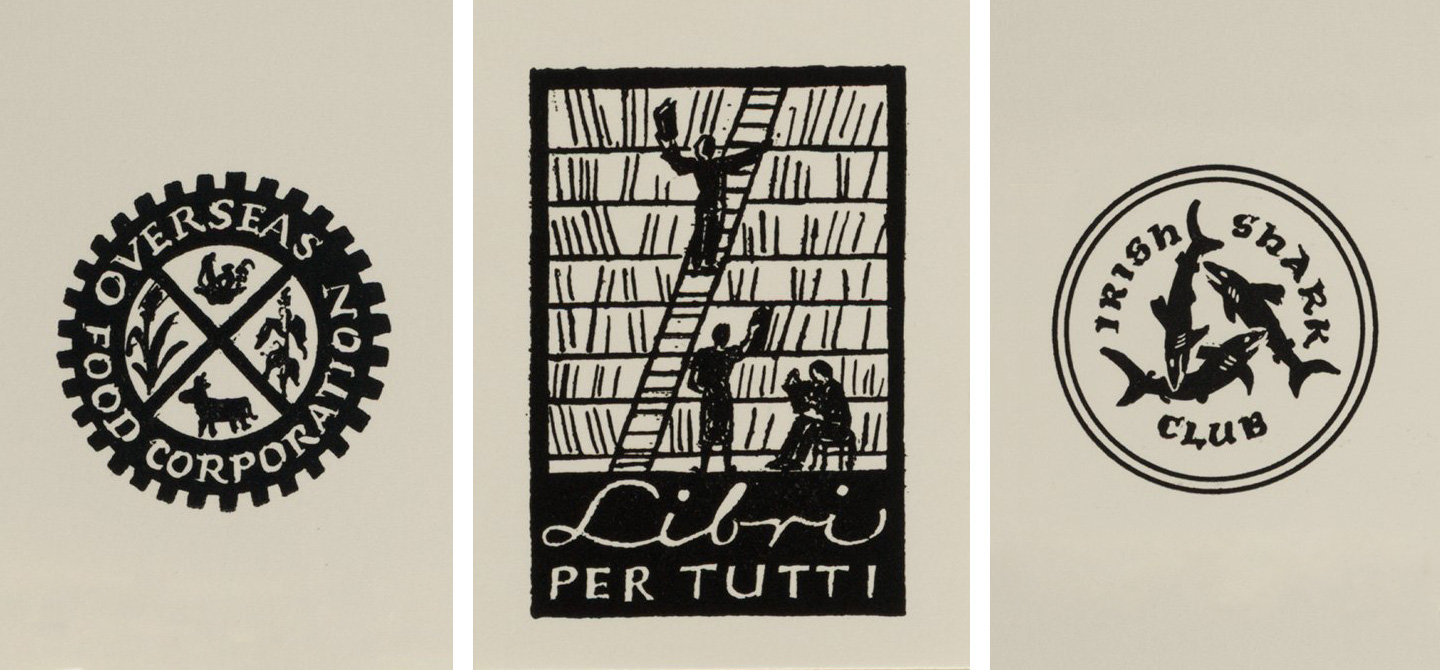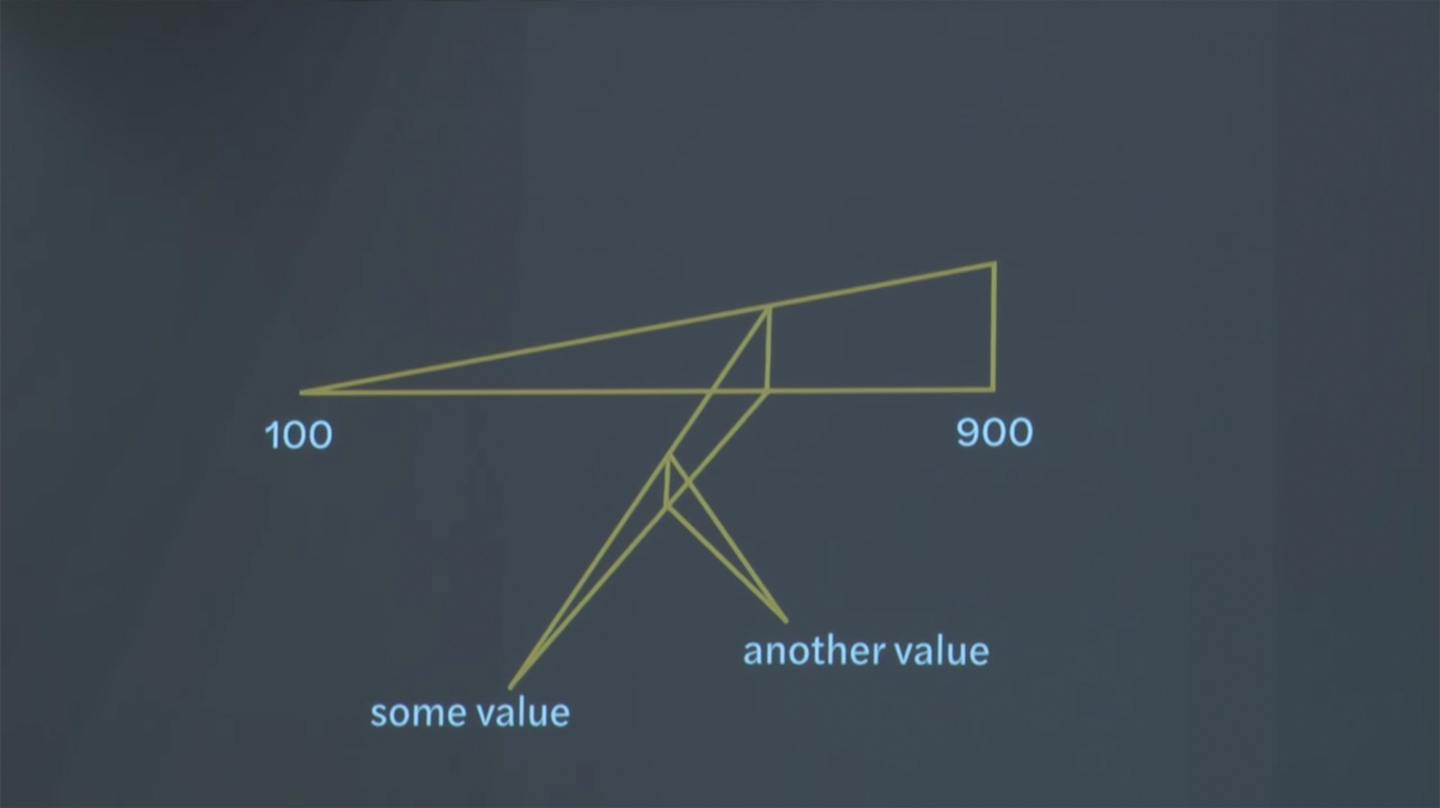Este artículo está también disponible en español
Too often, we face the challenge of explaining font licences to students, customers, colleagues, or friends; it proves difficult every time. Back in 2023, we asked ourselves what could we do to improve our understanding of the topic and explain it better? We began collecting information from foundries, tons of data that is not only valuable for us but also for other type users, font makers, and educators. This article is a short introduction to the project and the information available in our website. We also post updates, from time to time, on social media.
Continue reading


